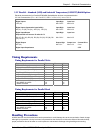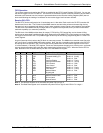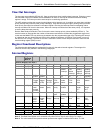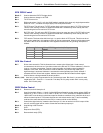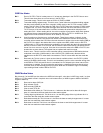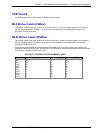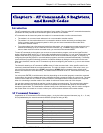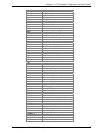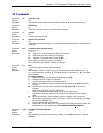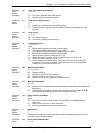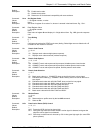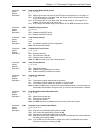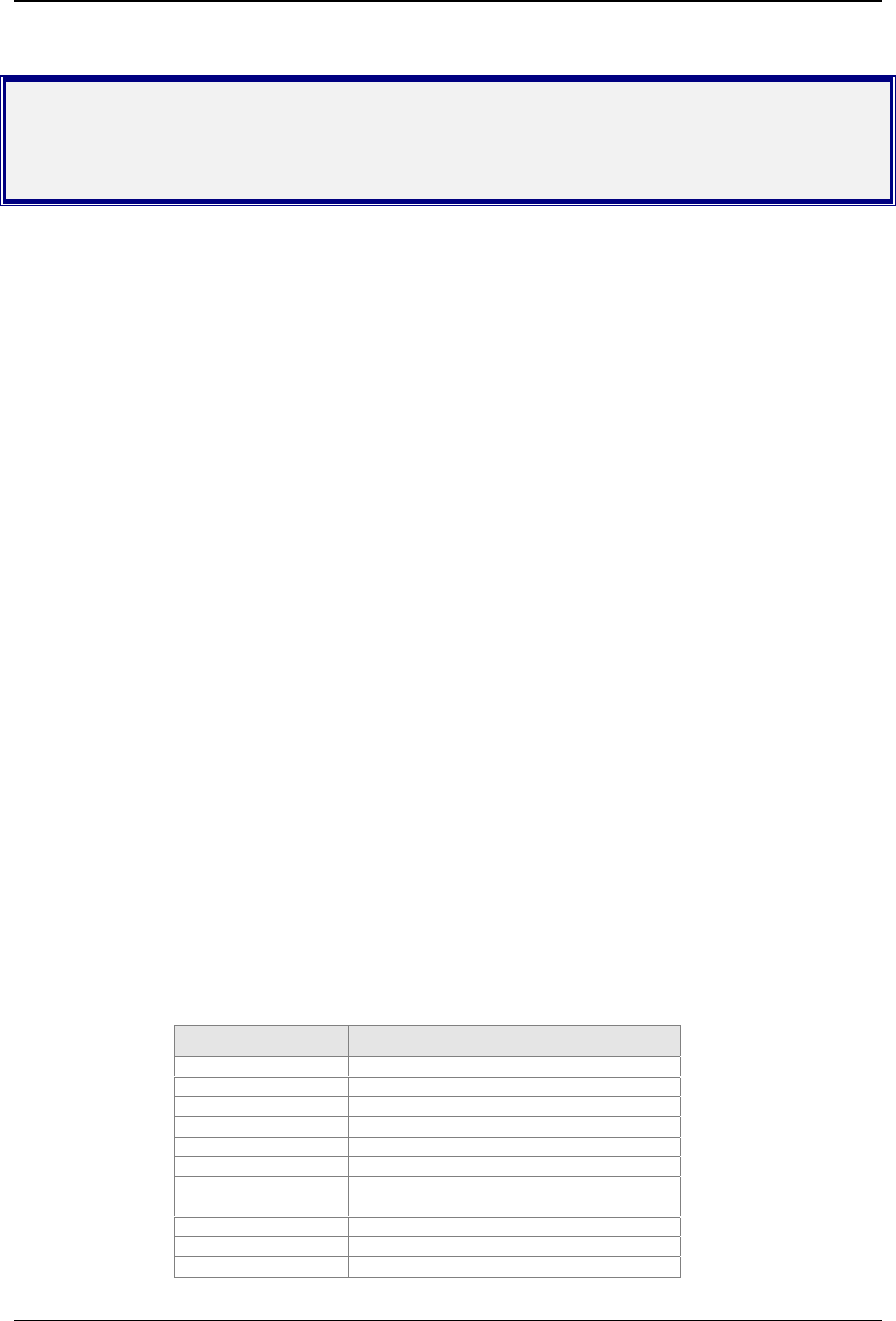
Chapter 5 – AT Commands, S-Registers, and Result Codes
SocketModem Global MT5634SMI Developer’s Guide 23
Chapter 5 – AT Commands, S-Registers,
and Result Codes
Introduction
The AT commands are used to control the operation of your modem. They are called AT commands because the
characters AT must precede each command to get the ATtention of the modem.
AT commands can be issued only when the modem is in command mode or online command mode.
· The modem is in command mode whenever it is not connected to another modem.
· The modem is in data mode whenever it is connected to another modem and ready to exchange data.
Online command mode is a temporary state in which you can issue commands to the modem while
connected to another modem.
· To put the modem into online command mode from data mode, you must issue an escape sequence (+++)
followed immediately by the AT characters and the command, e.g., +++ATH to hang up the modem. To
return to data mode from online command mode, you must issue the command ATO.
To send AT commands to the modem you must use a communications program, such as the HyperTerminal
applet in Windows 98/95 and NT 4.0, or some other available terminal program. You can issue commands to the
modem either directly, by typing them in the terminal window of the communications program, or indirectly, by
configuring the operating system or communications program to send the commands automatically. Fortunately,
communications programs make daily operation of modems effortless by hiding the commands from the user.
Most users, therefore, need to use AT commands only when reconfiguring the modem, e.g., to turn auto answer
on or off.
The format for entering an AT command is ATXn, where X is the command and n is the specific value for the
command, sometimes called the command parameter. The value is always a number. If the value is zero, you
can omit it from the command; thus, AT&W is equivalent to AT&W0. Most commands have a default value,
which is the value that is set at the factory. The default values are shown in the “AT Command Summary” (See
below).
You must press ENTER (it could be some other key depending on the terminal program) to send the command
to the modem. Any time the modem receives a command, it sends a response known as a result code. The most
common result codes are OK, ERROR, and the CONNECT messages that the modem sends to the computer
when it is connecting to another modem. See a table of valid result codes at the end of this chapter.
You can issue several commands in one line, in what is called a command string. The command string begins
with AT and ends when you press ENTER. Spaces to separate the commands are optional; the command
interpreter ignores them. The most familiar command string is the initialization string, which is used to configure
the modem when it is turned on or reset, or when your communications software calls another modem.
AT Command Summary
Organization of AT Commands on the following pages: 1st, by the initial command character (e.g., &, +, %, etc.)
2nd, alphabetized by the second command character (Except for listing of AT).
Command Description
AT
Attention Code
A
Answer
A/
Repeat Last Command
Bn
Communication Standard Setting
Ds
Dial
DS=y
Dial Stored Telephone Number
En
Echo Command Mode Characters
Fn
Echo Online Data Characters
Hn
Hook Control
In
Information Request
Mn
Monitor Speaker Mode



